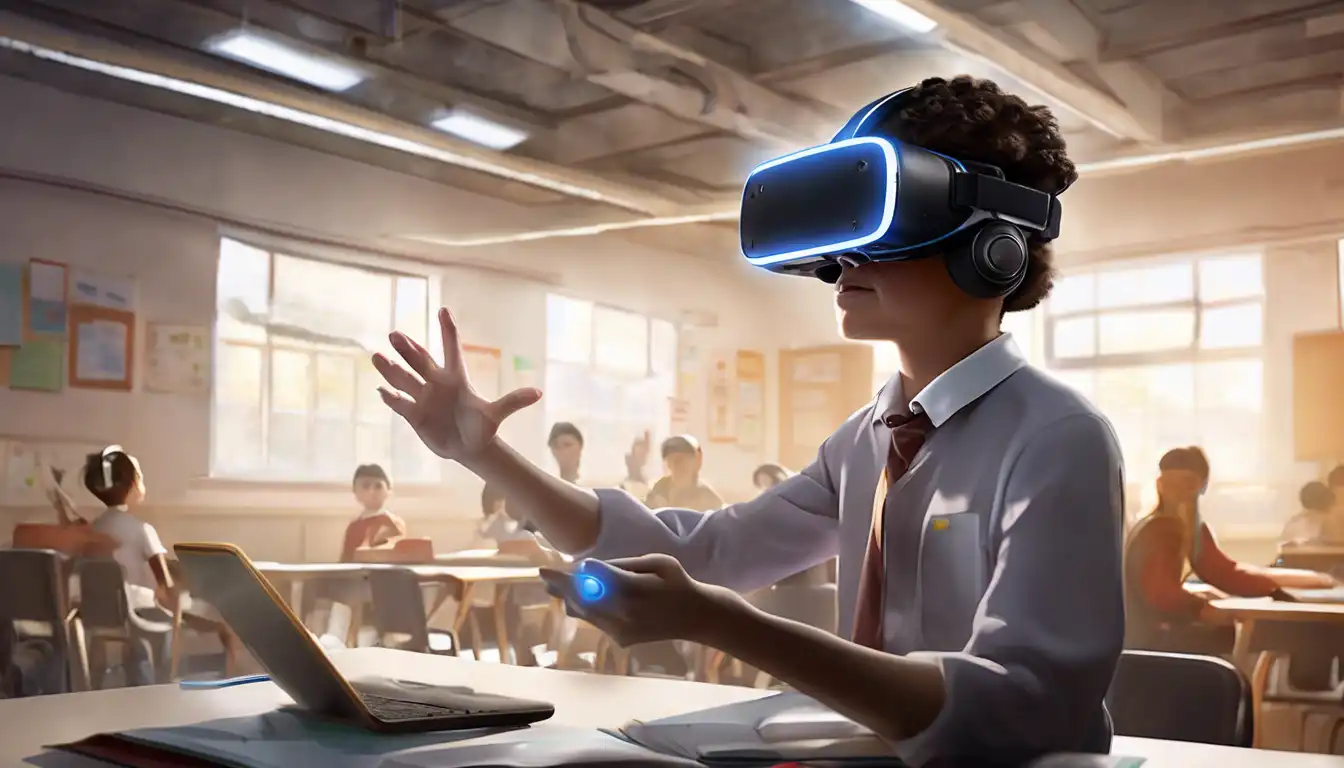The Transformative Impact of Virtual Reality on Learning and Skill Development
Virtual Reality (VR) technology has rapidly evolved from a futuristic concept into a practical tool in various sectors, notably in education and training. Its immersive nature offers unparalleled opportunities for engaging learners, simulating real-world scenarios, and enhancing the acquisition of knowledge and skills. This article delves into the potential of VR in revolutionizing educational methodologies and professional training programs.
Immersive Learning Experiences
VR creates immersive learning environments that can transport students to historical sites, inside the human body, or even to outer space, all from the safety of their classroom. This level of immersion enhances understanding and retention of complex subjects by providing visual and interactive experiences that traditional textbooks cannot match.
Enhanced Engagement and Motivation
The interactive and gamified aspects of VR learning significantly increase student engagement and motivation. By turning lessons into interactive experiences, learners are more likely to participate actively and retain information longer. This is particularly beneficial in subjects that students traditionally find challenging or uninteresting.
Practical Applications in Professional Training
Beyond academic education, VR is making strides in professional training across industries such as healthcare, aviation, and manufacturing. For instance, medical students can perform virtual surgeries, allowing them to practice and hone their skills without risking patient safety. Similarly, pilots and engineers can simulate real-life scenarios to prepare for emergencies without the associated risks or costs.
Overcoming Geographical and Physical Limitations
VR technology democratizes access to quality education and training by overcoming geographical and physical barriers. Students in remote areas can access the same resources as those in urban centers, and individuals with physical disabilities can participate in experiences that would otherwise be inaccessible to them.
Challenges and Considerations
Despite its potential, the widespread adoption of VR in education and training faces challenges, including high costs, the need for technical infrastructure, and concerns over screen time and health effects. Addressing these issues is crucial for maximizing the benefits of VR technology.
In conclusion, VR holds immense potential to transform education and training by providing immersive, engaging, and accessible learning experiences. As technology advances and becomes more affordable, we can expect to see VR playing an increasingly significant role in shaping the future of learning and professional development.
For more insights into the latest trends in educational technology, explore our EdTech Innovations section.
